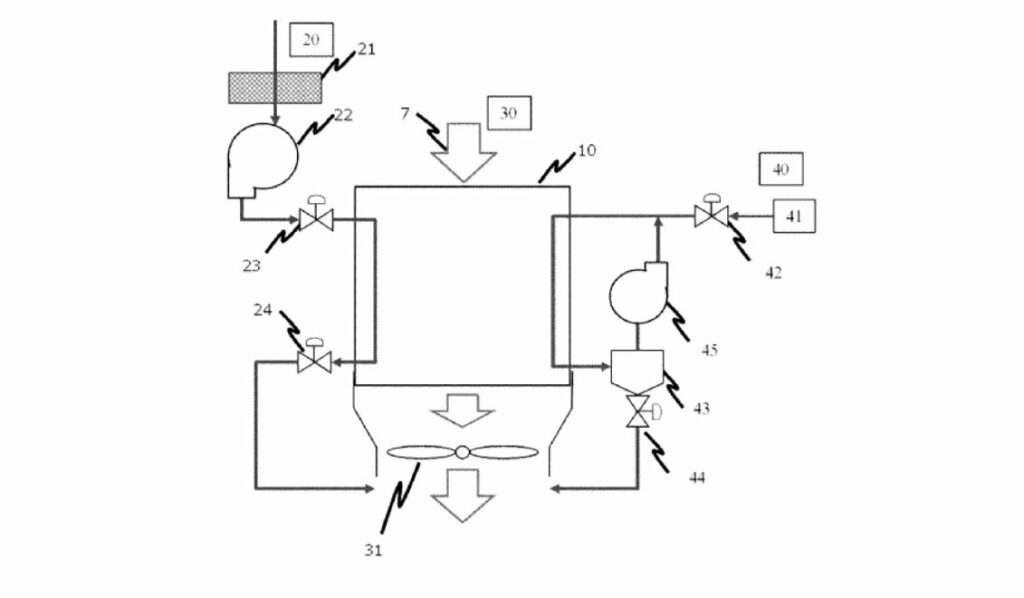Toyota Jidosha Kabushiki Kaisha has filed a patent for a novel fuel cell system, presenting an innovation in the domain of fuel cell technology. This new system is designed to effectively recover the activity of the cathode catalyst, a crucial component in fuel cell performance. The improvement promises higher efficiency and longevity for air-cooled fuel cell systems, which are pivotal in the automotive industry and beyond.
Air-Cooled Fuel Cell System
At the heart of this patent is an air-cooled fuel cell system. The unique design includes a comprehensive setup that includes a fuel cell, a hydrogen system, a reaction air system, and a cooling air system. Each of these components plays a vital role in the operation and effectiveness of the fuel cell. The hydrogen system supplies the necessary hydrogen to the fuel cell, while the reaction air system provides the required air for the reaction. Meanwhile, the cooling air system ensures that the cell operates at optimal temperatures.
Independent Flow Path Structure
One of the standout features of Toyota’s new fuel cell system is its independent flow path structure for reaction air and cooling air. This design ensures that the two airflows do not interfere with each other, which can be a significant issue in many current fuel cell systems. By keeping these airflows separate, the system can efficiently manage the thermal and operational demands of the fuel cell, leading to enhanced performance and reduced wear on the components.
Implications for the Automotive Industry
This innovation by Toyota has the potential to impact the automotive industry significantly. The improved efficiency and longevity of the fuel cell system could lead to more cost-effective, reliable, and environmentally friendly vehicles. As the automotive industry continues to shift towards sustainable energy solutions, advancements like this are critical in driving widespread adoption.
Toyota’s new air-cooled fuel cell system represents a promising step forward in fuel cell technology. By addressing the challenge of cathode catalyst recovery and improving air flow paths, this patent could pave the way for more efficient and durable fuel cell systems. While its full impact remains to be seen, the innovation aligns well with current trends in developing sustainable and efficient energy solutions.





